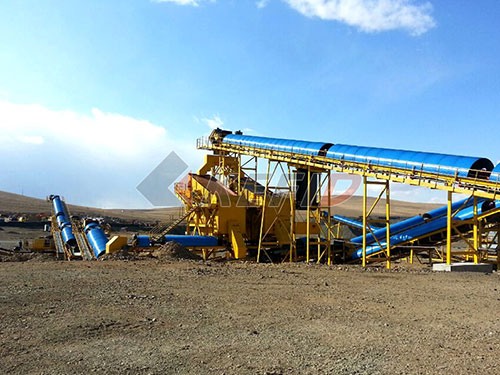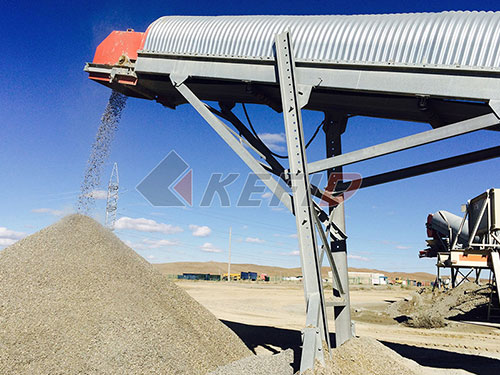The Hidden Cost of Progress: Stone Crushers Near Gulbarga
The rhythmic thud of heavy machinery replaces birdsong near Gulbarga (officially Kalaburagi) at dawn. Along dusty stretches of roads like the Shahabad Road or towards Sedam, clusters of stone crushing units dominate the landscape. These facilities, vital for feeding Karnataka’s relentless infrastructure and construction boom, operate ceaselessly, transforming massive boulders quarried from nearby hills into the essential gravel and aggregates that build our cities.
The Engine Room of Development:

Driven by demand from major projects – highways, dams, housing complexes – these crushers represent significant local industry. They provide direct employment for hundreds, from machine operators and drivers to laborers managing the flow of rock. Indirectly, they sustain trucking networks supplying raw materials and transporting the finished product across the region. For many villages on Gulbarga’s periphery, these units are synonymous with economic opportunity.
A Landscape Under Siege:

However, this industrial activity leaves an undeniable mark on the environment and nearby communities:
Dust: The Unseen Invader: The most pervasive impact is dust. Crushing generates immense clouds of fine particulate matter (PM2.5 and PM10), carried by the wind over vast distances. This dust blankets homes, fields (affecting crops like jowar and pulses), water sources (attige – small ponds), and invades lungs. Residents report constant grime on surfaces and a persistent haze reducing visibility.
Health in Peril: Medical professionals in areas like Wadi or Afzalpur report rising cases of respiratory ailments – chronic bronchitis, asthma, and persistent coughing – particularly among children and the elderly living close to crushers. Silicosis, a debilitating lung disease caused by inhaling crystalline silica dust prevalent in granite and other rocks crushed here, is a growing long-term concern.
The Constant Roar: The grinding crushers, rumbling generators, and incessant truck traffic create high-decibel noise pollution that disrupts daily life far beyond the immediate vicinity of the plants.
Water Worries: While direct water pollution mechanisms vary, runoff carrying fine sediments can potentially contaminate groundwater sources crucial for drinking and agriculture in this semi-arid region. Dust settling on water bodies also affects quality.
Safety & Infrastructure Strain: Flyrock incidents (stones ejected during blasting or crushing) pose safety risks near poorly managed sites. Furthermore, heavily laden trucks transporting raw stone or

Leave a Reply